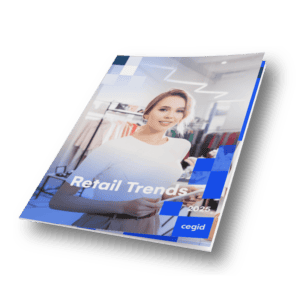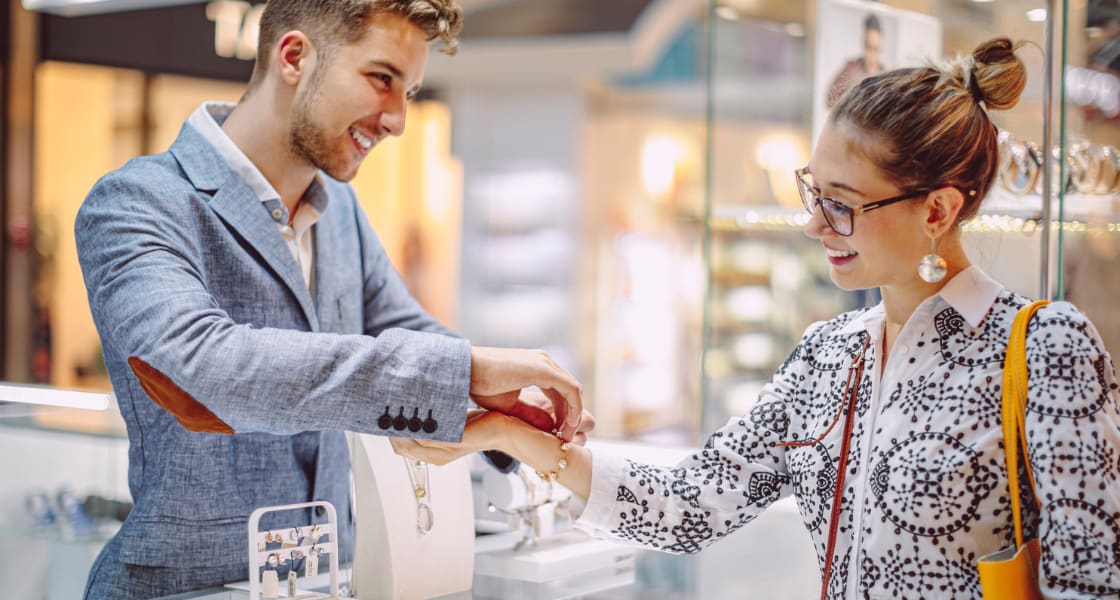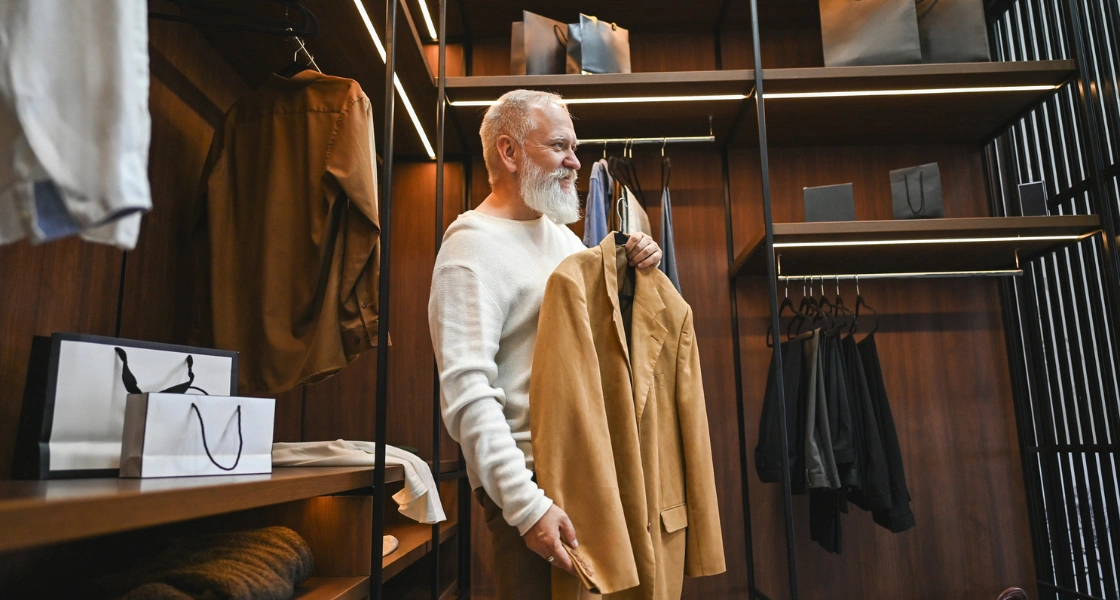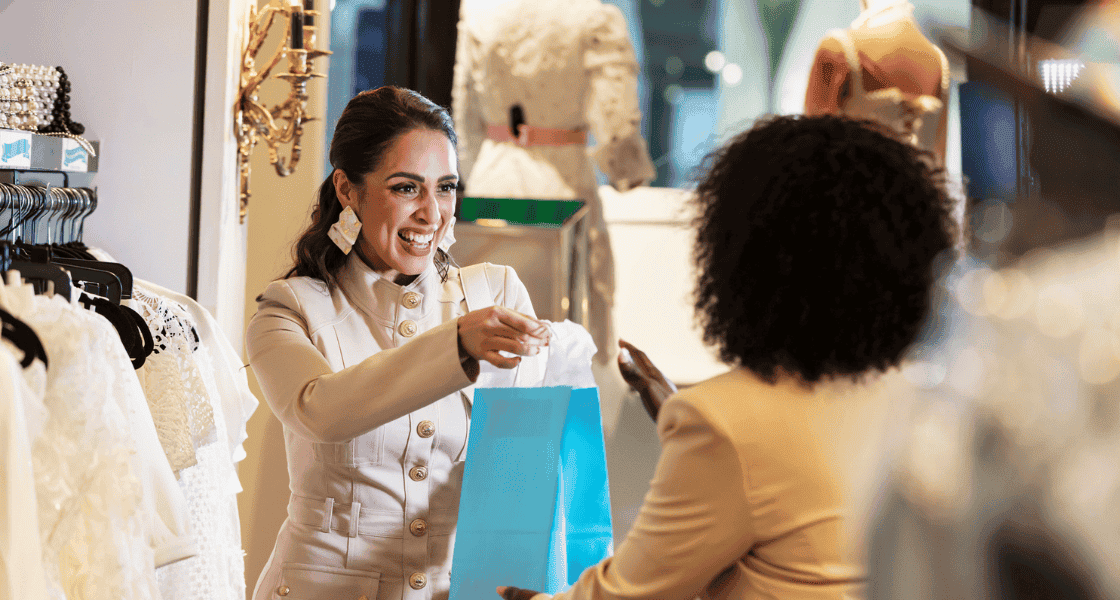Retail
Luxury new normal : Why Store Is Still Key
4 April 2025
Contrary therefore to narratives that forecasted the death of brick-and-mortar during the pandemic, luxury stores have emerged stronger, playing an essential role at the very core of modern omnichannel retail.
Luxury stores are no longer playing defence against digital; they are thriving as experience-driven hubs that connect, complement and amplify online channels. For luxury retailers, success is no longer about choosing between physical or digital, it’s about seamlessly integrating both. The store is the beating heart of this ecosystem.
Experiential Shopping: The Edge of Luxury
Market research and Cegid’s own trends report shows just how important stores are to consumers, as long as it can meet their needs. According to EY, 68% of consumers want expert advice on high-value purchases which depends on knowledgeable staff in stores to provide guidance, especially for expensive or complex products, a fact that reinforces the importance of in-store expertise as a differentiator from online shopping. A further 32% said they still value the human touch and personalized interactions that only physical stores can provide, which supports the case for maintaining strong in-store communication and customer engagement strategies.
Luxury consumers therefore seek more than a transaction; they seek an experience. Physical stores remain the ultimate expression of a brand’s identity. Through carefully curated visual merchandising, bespoke interiors, sensory details like scent and sound and immersive storytelling, luxury brands create physical environments that no online platform can replicate.
Luxury shoppers want to touch fabrics, try on jewellery or experience the craftsmanship of leather goods firsthand. They crave the human touch, from styling advice to private viewings and one-on-one consultations. These personalised services are deeply rooted in retail operations, and often begin even before the customer steps into the store, through digital appointment scheduling or loyalty programme perks that lead to elevated in-store interactions.
Specialised services, including personal shopping, tailoring, customisation, and after-sales care, are so important for building lasting customer relationships. Such tailored offerings, supported by advanced retail task management and real-time inventory systems, ensure that sales associates can fulfil even the most demanding client requests, such as sourcing an item from another store or arranging a same-day delivery.
The Store as a Hybrid Omnichannel Hub
Far from being isolated showrooms, luxury stores have evolved into omnichannel nerve centres. Consumers now fluidly switch between online research, social media inspiration, and in-store purchasing. Luxury stores increasingly support services like click-and-collect, returns and online order pickups, seamlessly integrating physical and digital.
Thanks to real-time inventory visibility and in-store communication tools, associates can serve omnichannel customers with speed and precision. A customer may see a product on social media, check availability online, book a private viewing and finalise their purchase in-store, all without friction. This type of experience is only possible when retail operations are tightly integrated across every touchpoint.
Pop-ups and dark stores further enhance the omnichannel experience. Temporary boutiques act as brand-building theatres, offering immersive moments, limited-edition product drops and exclusive events. Dark stores, meanwhile, work behind the scenes, fulfilling online orders while preserving the exclusivity luxury customers expect. These activations allow luxury brands to serve clients faster without compromising the brand’s appeal.
Social Commerce & Community: Driving Footfall
Social media platforms have become indispensable retail channels. They are not merely spaces for brand awareness but drivers of foot traffic and revenue. Influencer collaborations, product drops and social commerce features encourage digital-first luxury consumers to visit physical stores for exclusive experiences.
Luxury brands have mastered the art of translating digital buzz into real-world action. Influencer-hosted events, private previews and in-store-only products provide compelling reasons for online audiences to step into the store. Once there, the physical environment does the heavy lifting, reinforcing the brand story, building emotional connections and ultimately converting browsers into loyal customers.
More than ever, physical stores are becoming community hubs, places where like-minded consumers gather, not just to shop, but to engage. Whether through art installations, workshops or exclusive soirées, these spaces foster brand affinity beyond transactions.
A Data-Rich Environment
Luxury retailers often overlook a powerful asset of their stores: the ability to capture high-value customer insights. Every interaction, from styling preferences to product trials, provides brands with data that enriches both the in-store and online experience. These insights, when combined with visual merchandising software and clienteling platforms, enable luxury brands to tailor future visits, recommend relevant products and build customer loyalty at scale.
Stores and Digital are complementary not competitive
The conversation should not be framed as online vs. offline. Luxury retail thrives when both are viewed as mutually reinforcing. The store is no longer just a sales floor; it’s the front line of brand compliance, ensuring that the essence, heritage and exclusivity of the brand are delivered consistently, no matter where the customer first encounters it, be it on Instagram, a website or at a flagship boutique.
Ultimately, we should stop talking about the survival of the store and instead celebrate its secure position at the heart of retail. In the vanguard of the omnichannel strategy, they drive sales, deepen relationships and shape the brand experience. For luxury retailers, the store remains the most powerful stage for bringing a brand to life.

For a deeper insight into the prospects for Retail Luxury in 2025, read our ebook!
DOWNLOAD THE EBOOK


